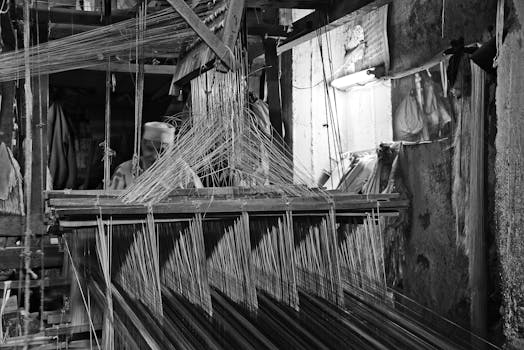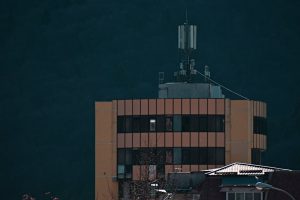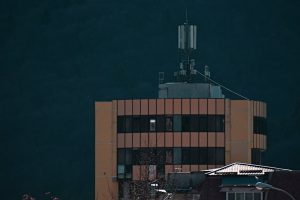
Connecting Cultures: The Story Behind Africa’s Diverse Fiber Traditions – Fiber Optics & Connectivity
Fiber Optics & Connectivity is a crucial aspect of modern life, but the story of Africa’s diverse fiber traditions goes far beyond the realm of technology. From ancient textiles to modern fiber arts, the continent is home to a rich and vibrant cultural heritage that reflects the diversity and creativity of its people. In this article, we will explore the fascinating story behind Africa’s fiber traditions and the connections that bind them together.
The Ancient Roots of African Fiber Traditions
The history of fiber traditions in Africa dates back thousands of years, with evidence of ancient textiles found in archaeological sites across the continent. From the intricate woven baskets of the Zulu people in South Africa to the colorful kente cloth of the Ashanti people in Ghana, each region has its own unique fiber traditions that reflect the local culture and environment. The use of natural fibers such as cotton, wool, and silk was prevalent, and the techniques of spinning, weaving, and dyeing were passed down from generation to generation.
The ancient Egyptians, for example, were renowned for their exquisite linen textiles, which were often decorated with intricate patterns and symbols. The Egyptians also developed a sophisticated system of dyeing, using plants and minerals to create a wide range of colors. Similarly, the ancient Nubians in present-day Sudan were skilled weavers, producing beautiful textiles that were highly prized by the Egyptians and other neighboring cultures.
The Impact of Colonialism and Globalization on African Fiber Traditions
The arrival of European colonizers in Africa had a profound impact on the continent’s fiber traditions. Many traditional textile industries were disrupted, and local markets were flooded with cheap, imported fabrics. The introduction of synthetic fibers such as nylon and polyester also led to a decline in the use of natural fibers, which were often more expensive and time-consuming to produce. However, in recent years, there has been a resurgence of interest in traditional fiber arts, with many African designers and artists incorporating local materials and techniques into their work.
Globalization has also had a significant impact on African fiber traditions, with the rise of international trade and e-commerce creating new opportunities for African textile producers to reach global markets. However, this has also led to concerns about cultural appropriation and the exploitation of traditional knowledge and designs. Many African designers and artists are now working to protect their intellectual property and to promote a more sustainable and equitable approach to the global textile industry.
The Modern Fiber Arts Scene in Africa
Today, the fiber arts scene in Africa is thriving, with a new generation of designers and artists pushing the boundaries of traditional techniques and materials. From the stunning woven sculptures of Ghanaian artist El Anatsui to the vibrant printed fabrics of South African designer Laduma Ngxokolo, African fiber arts are now being recognized and celebrated around the world.
The use of digital technologies such as 3D printing and computer-aided design is also becoming more prevalent, allowing African designers to create complex and innovative textile designs that blend traditional and modern techniques. The rise of social media and e-commerce platforms has also made it easier for African textile producers to connect with global markets and to promote their work to a wider audience.
Conclusion: The Enduring Legacy of African Fiber Traditions
In conclusion, the story of Africa’s diverse fiber traditions is a rich and complex one, reflecting the continent’s long history, cultural diversity, and creative resilience. From ancient textiles to modern fiber arts, the connections that bind these traditions together are a testament to the enduring legacy of African cultural heritage. As we look to the future, it is clear that African fiber traditions will continue to play an important role in shaping the continent’s cultural identity and creative economy.




